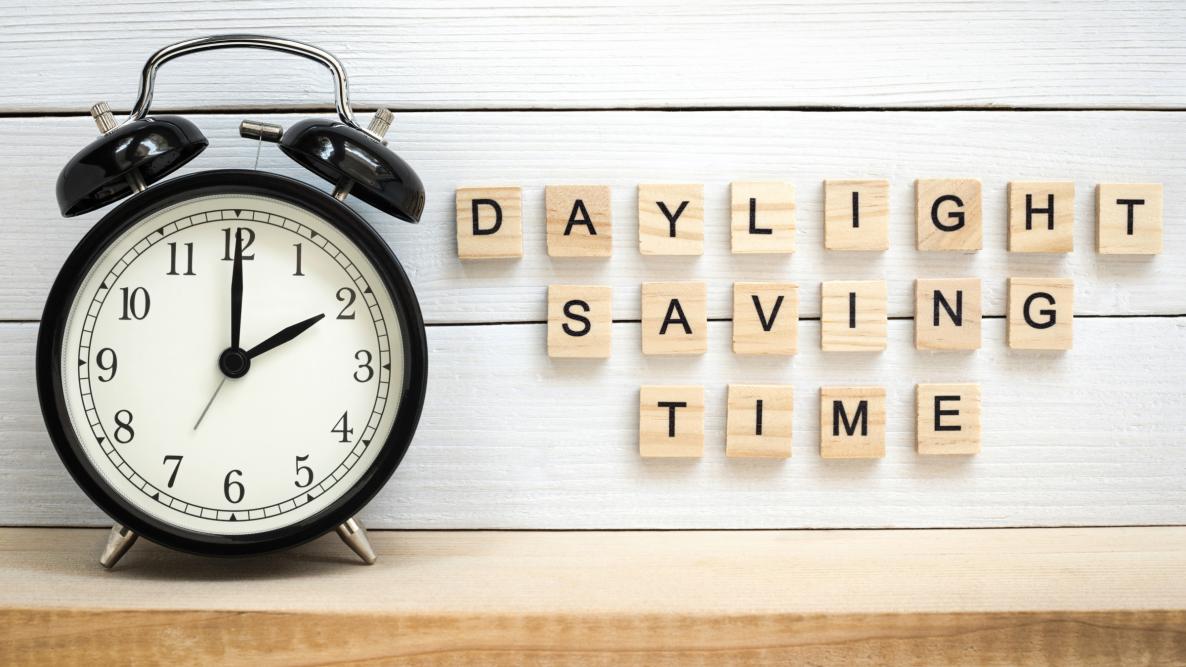Why do the clocks change? In Ireland, we set the clocks ahead an hour in spring, and back an hour in autumn. Ireland is one of several countries in the Northern Hemisphere to change the clocks according to the seasons.
Why do the clocks change?
The clocks change twice a year in Ireland. Clocks go forward an hour at 1am on the last Sunday in March, and back an hour at 2am on the last Sunday in October.
What is daylight savings time?
Moving our clocks forward an hour in spring and back an hour in autumn is called daylight saving time (DST), daylight savings time, or daylight time. It lets us enjoy more daylight hours during summer and winter. In summer, we score an extra hour of light in the evenings, and in winter, sunrise arrives earlier.
When do the clocks go back in 2023?
The clocks fall back on the last Sunday in October which is 29 October 2023. For many, this signals the start of Autumn.
When do the clocks go forward in 2024?
On the last Sunday of March each year, the clocks go forward an hour. This means sunrise and sunset appear an hour later in summer. Daylight saving time in 2024 starts on Sunday, 31 March.
When do the clocks go back in 2024?
The clocks go back on Sunday, 27 October 2024.
Who first thought of daylight saving time?
In 1784 American inventor and statesman, Benjamin Franklin had the bright idea of a smart way to save on candles. Over 100 years later in 1895 New Zealand astronomer and entomologist George suggested a two-hour shift backwards during summer to give him more time to go bug hunting after work.
However, it was in 1907 after British builder William Willett published a pamphlet titled The Waste of Daylight that Ireland came around to the idea of daylight savings. Willet had been out horse-riding early one summer’s morning and noticed how many people were still asleep long after the sun was up. He suggested that turning the clocks forward during summer meant everyone could be up bright and early instead of snoozing away the daylight.
When did daylight saving time start?
In 1916 Germany became the first country to formally use daylight saving time to save on fuel during the First World War. Ireland and several other European countries followed a few weeks later. Soon daylight savings became the norm, and the USA followed in 1918. However, Canada beat everyone to it. In 1908 residents of Port Arthur, Ontario, turned their clocks forward one hour to start the world’s first daylight savings time.
How many countries use daylight saving time?
Only about 70 countries change their clocks and it’s mostly European and North American countries. When we’re changing our clocks to ‘fall back’ in Ireland and Northern Hemisphere, they’re ‘springing forward’ in Southern Hemisphere countries like Australia and Namibia.
What happens when the clocks go back and forward?
When the clocks go back on the last Sunday in October, we get an extra hour of weekend! When the clocks go forward an hour in March, our day seems an hour shorter. However, what really happens is Ireland goes from British Summer Time (BST) to Greenwich Mean Time (GMT).
Did you know that until the mid-19th century, many towns kept their own local time using the sun as a guide? Many Irish castles, cathedrals, and churches have sundials, and you can see those today.
Why do we use GMT?
Ireland was one of the first countries to standardise time throughout a region. This is what we now know as Greenwich Mean Time or GMT.
Irish railway companies began using GMT to make it easier for station masters, guards, and passengers to understand and follow train timetables. In 1880 GMT became Ireland legal standardised time.
At ABC School Supplies, teachers and parents will find lots of ways to help children grasp the abstract concepts of time through hands-on activities. Follow these links to access free maths activity sheets about time:
- Learn to Tell the Time with Tock the Learning Clock
- Learn About Time Activity Book
- Time Activity Book for 5-7 Year Olds
Shop our telling the time-teaching games and resources that are ideal for teaching in the classroom and at home.







 Carpets & Mats
Carpets & Mats